Emphysema Research and Comparative Studies
VerifiedAdded on 2021/04/17
|17
|1200
|36
Presentation
AI Summary
The provided assignment involves a comprehensive review of emphysema research, focusing on comparative studies between different types of emphysema, such as panlobular and centrilobular emphysema. The document includes references to several scientific articles and presentations, providing detailed information on the inflammatory immune cell infiltration associated with lung tissue destruction in alpha-1 antitrypsin deficiency and smoking-related emphysema. It also touches upon endobronchial valves for emphysema without interlobar collateral ventilation and the associations between emphysema-like lung on CT and incident airflow limitation. The assignment aims to analyze and compare different aspects of emphysema research, providing valuable insights for researchers and professionals in the field.
Contribute Materials
Your contribution can guide someone’s learning journey. Share your
documents today.
1 out of 17
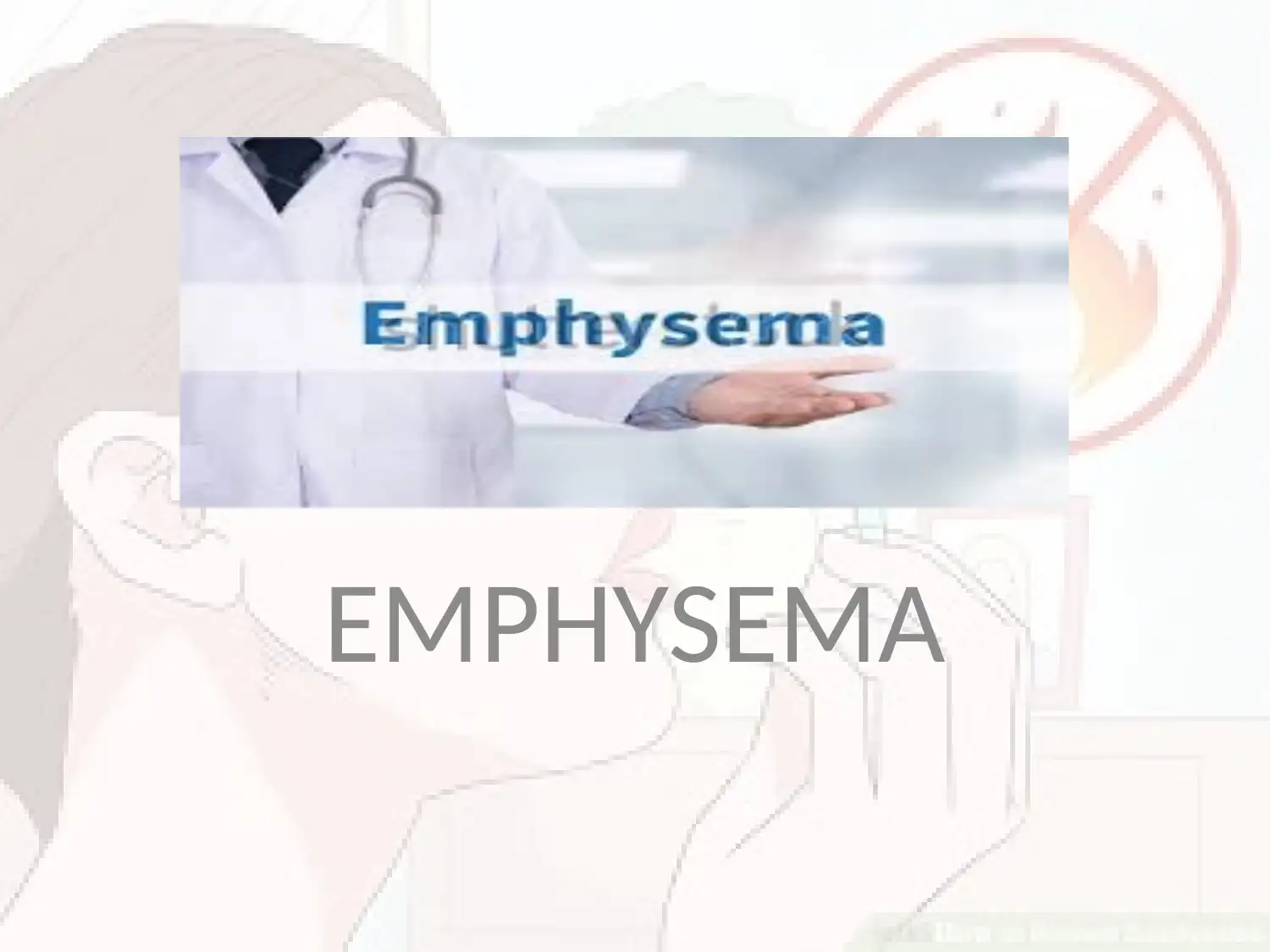

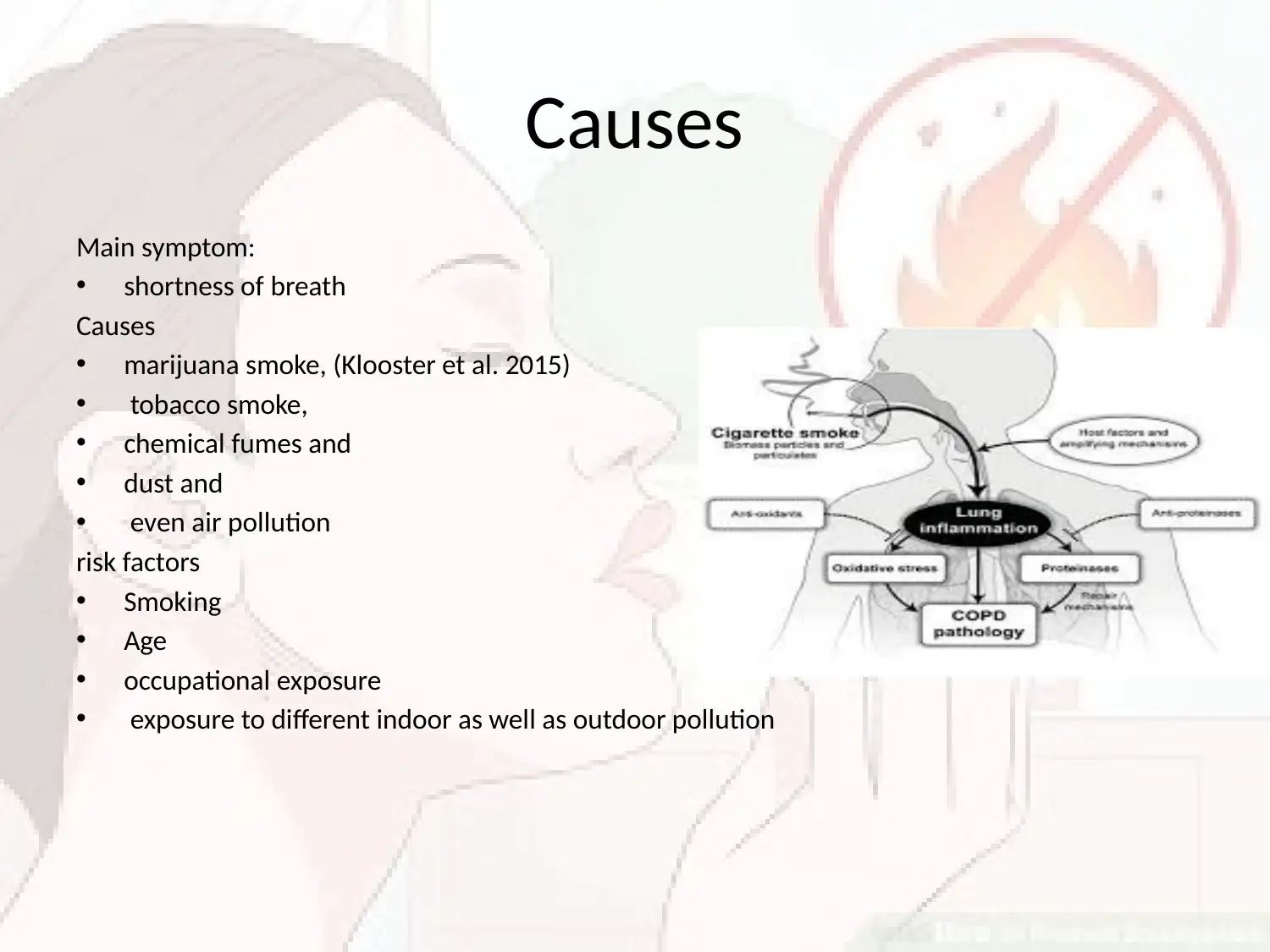
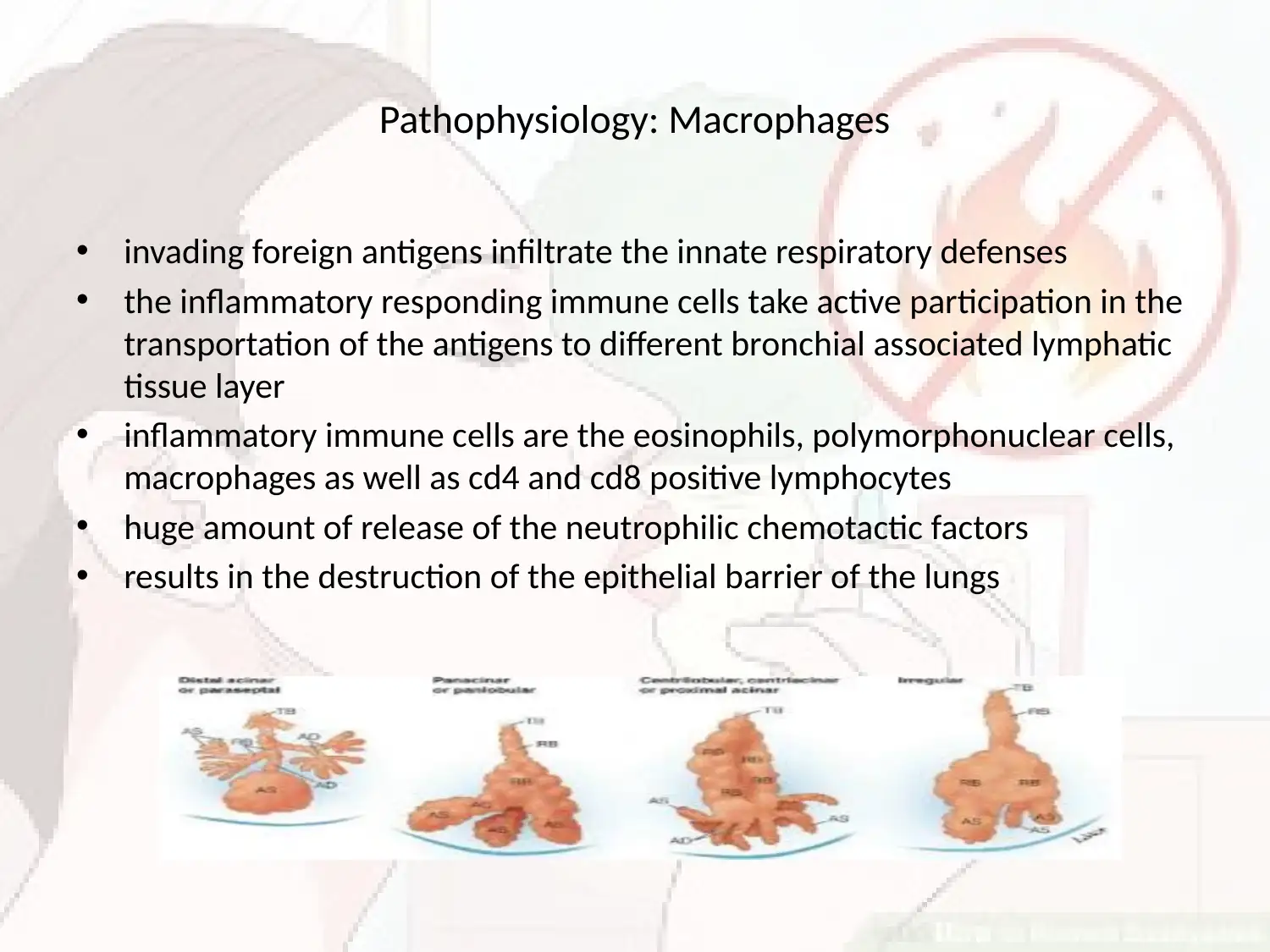
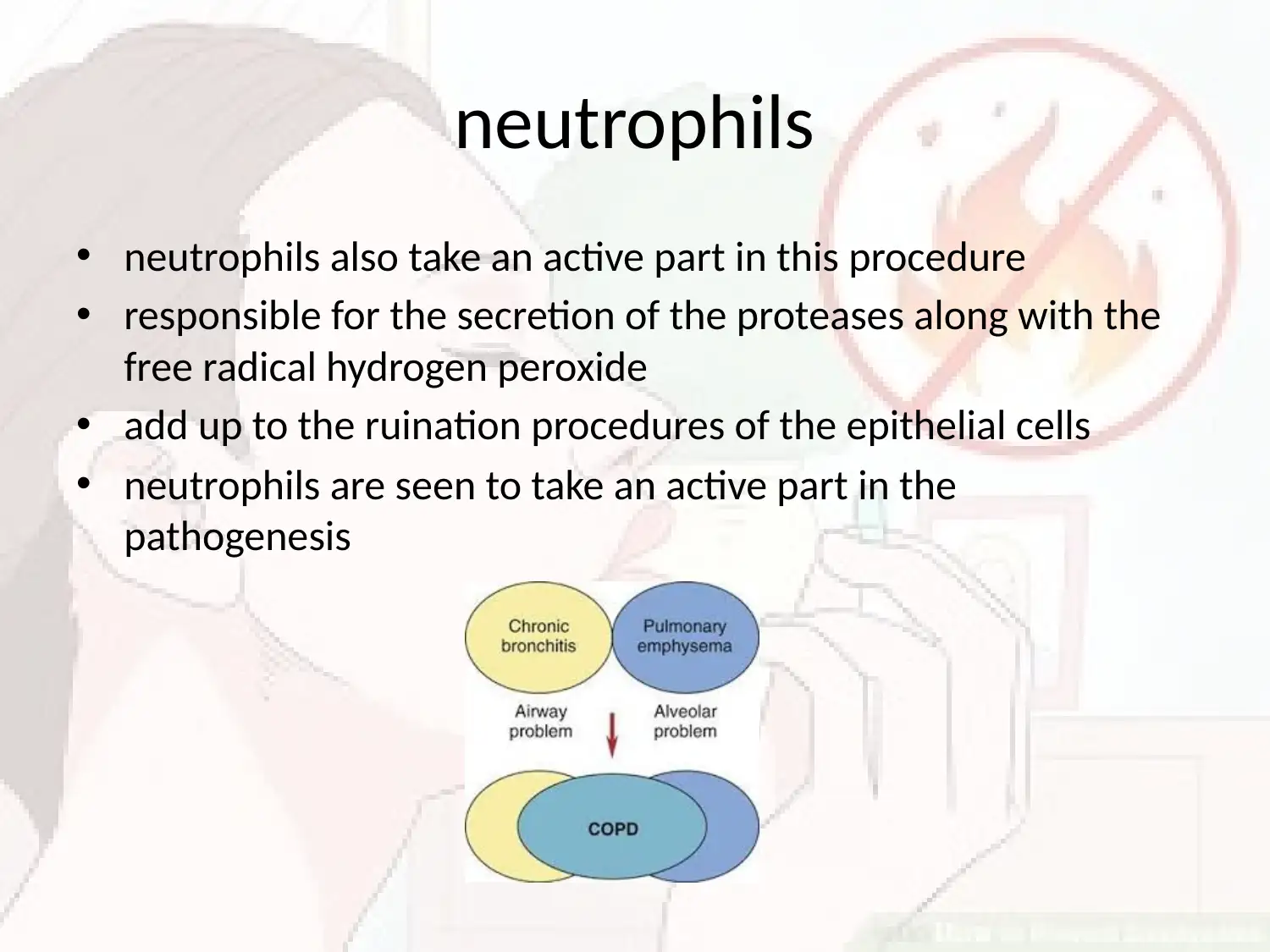
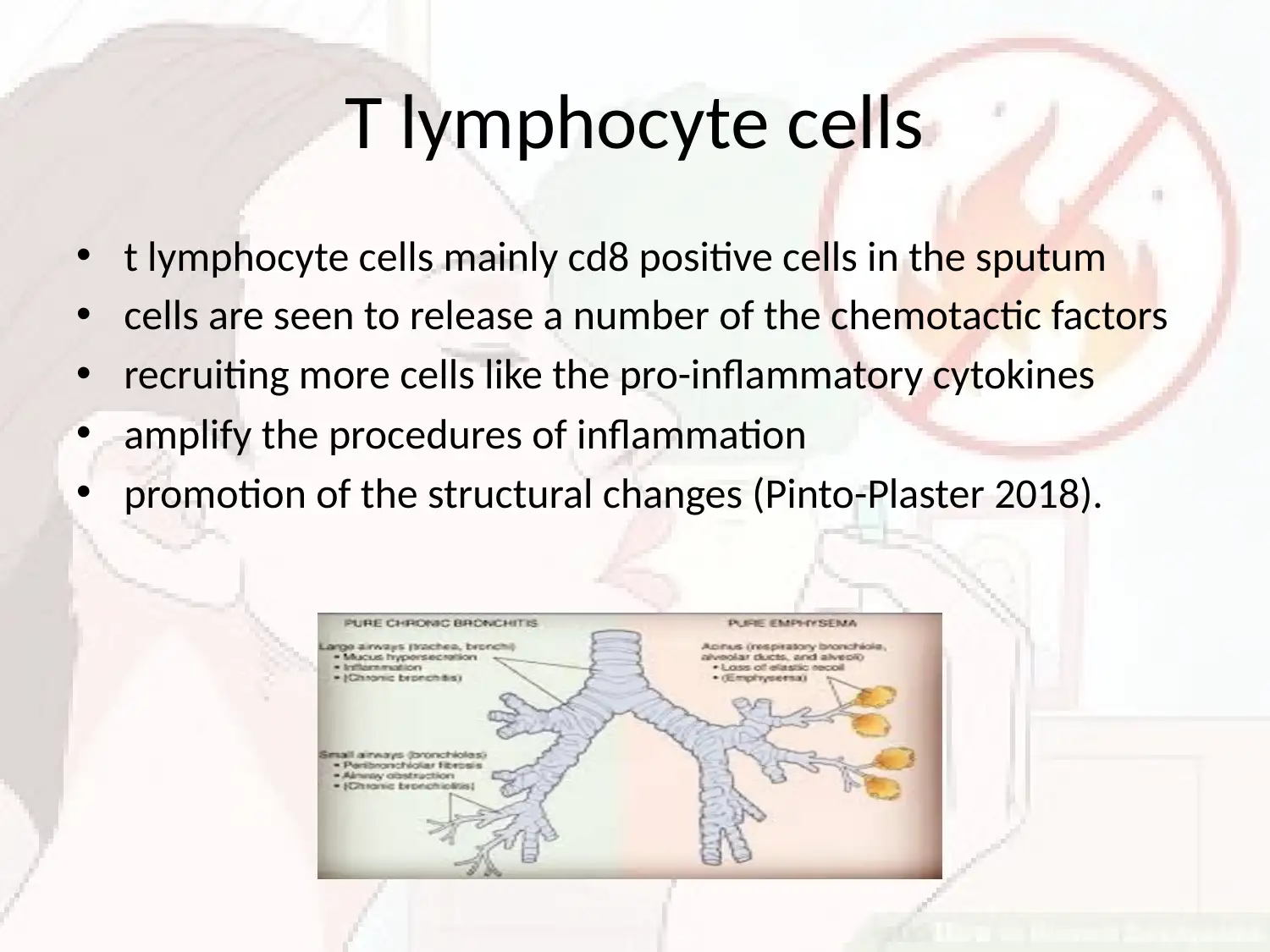
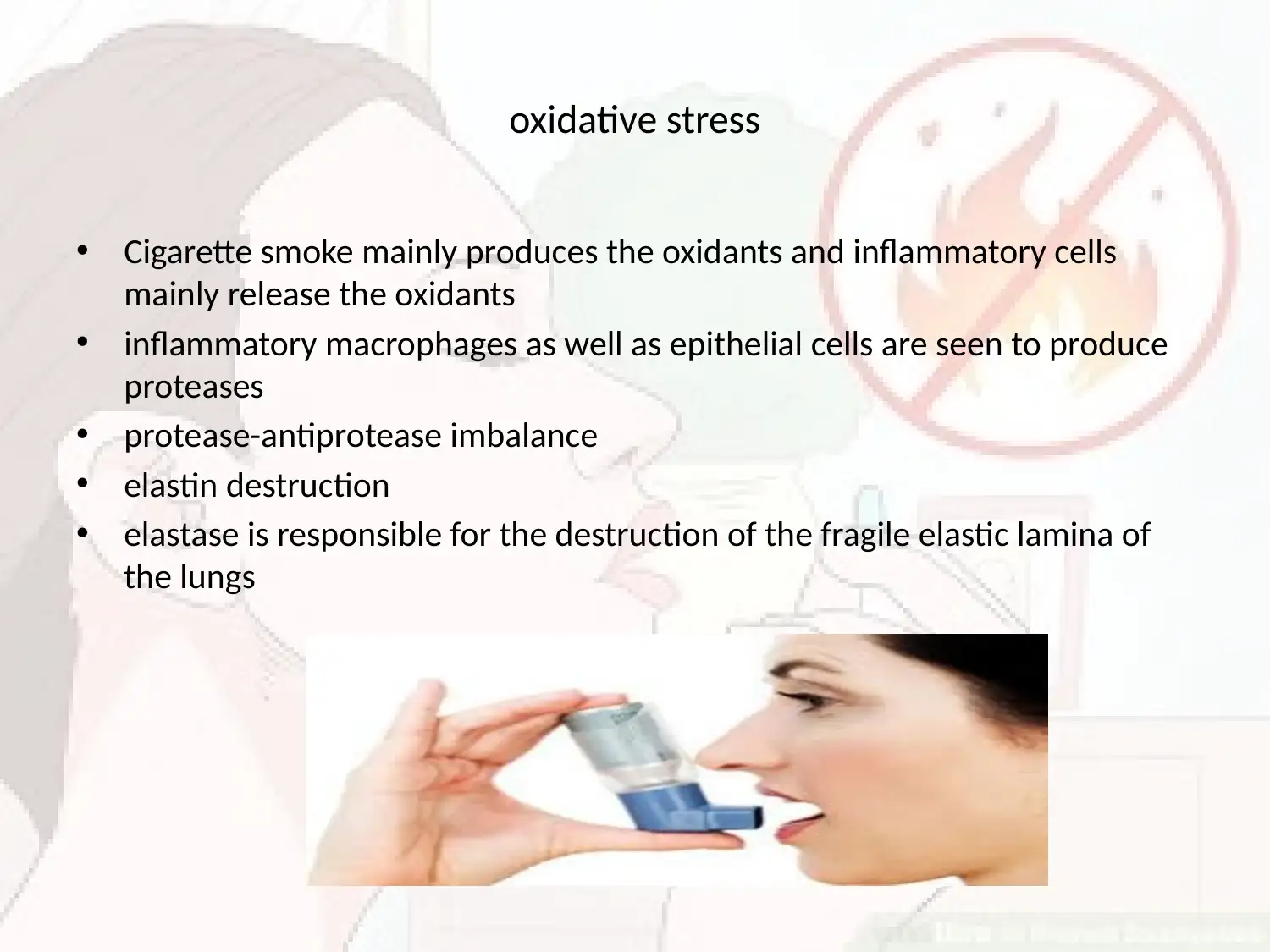
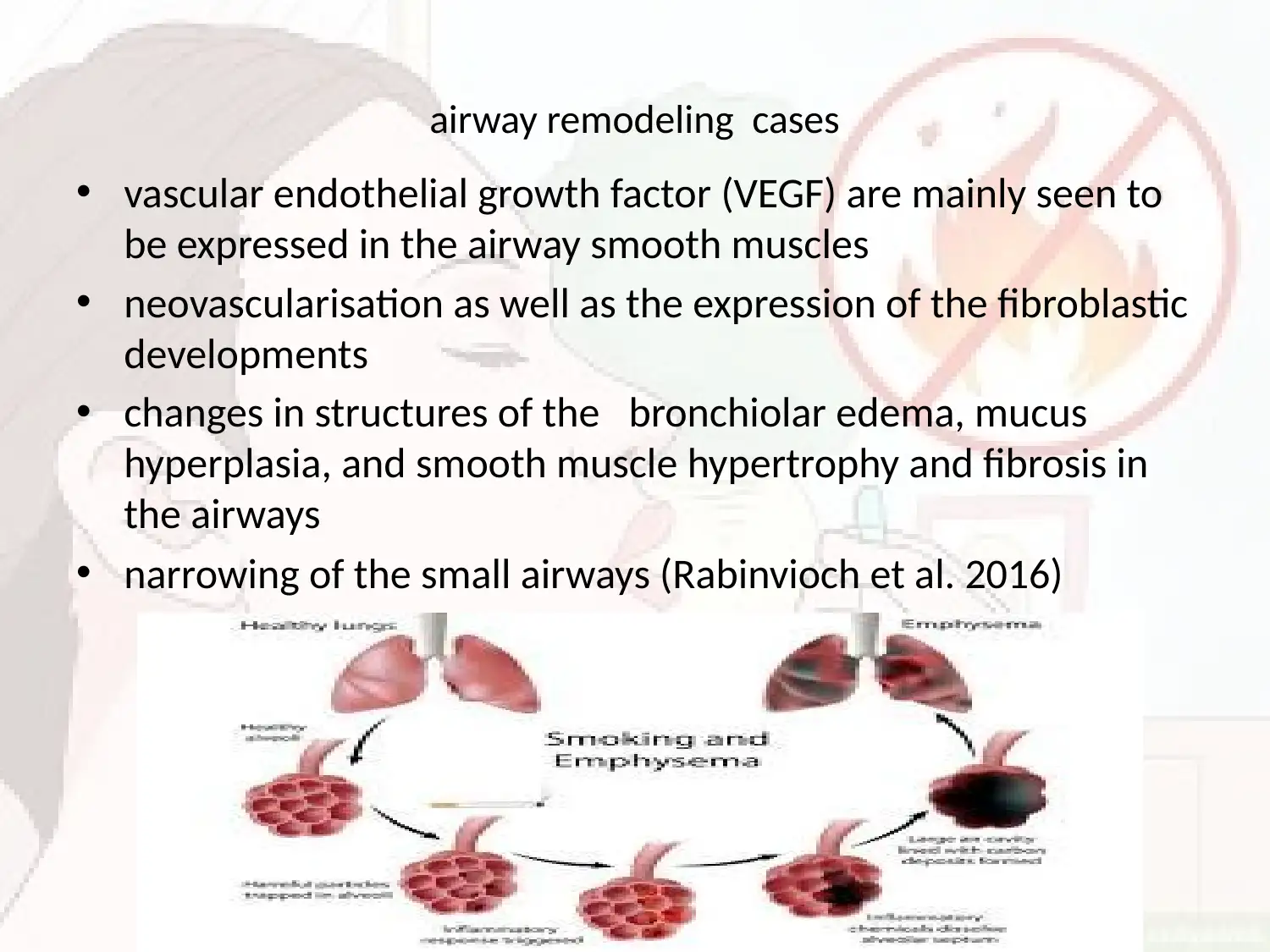

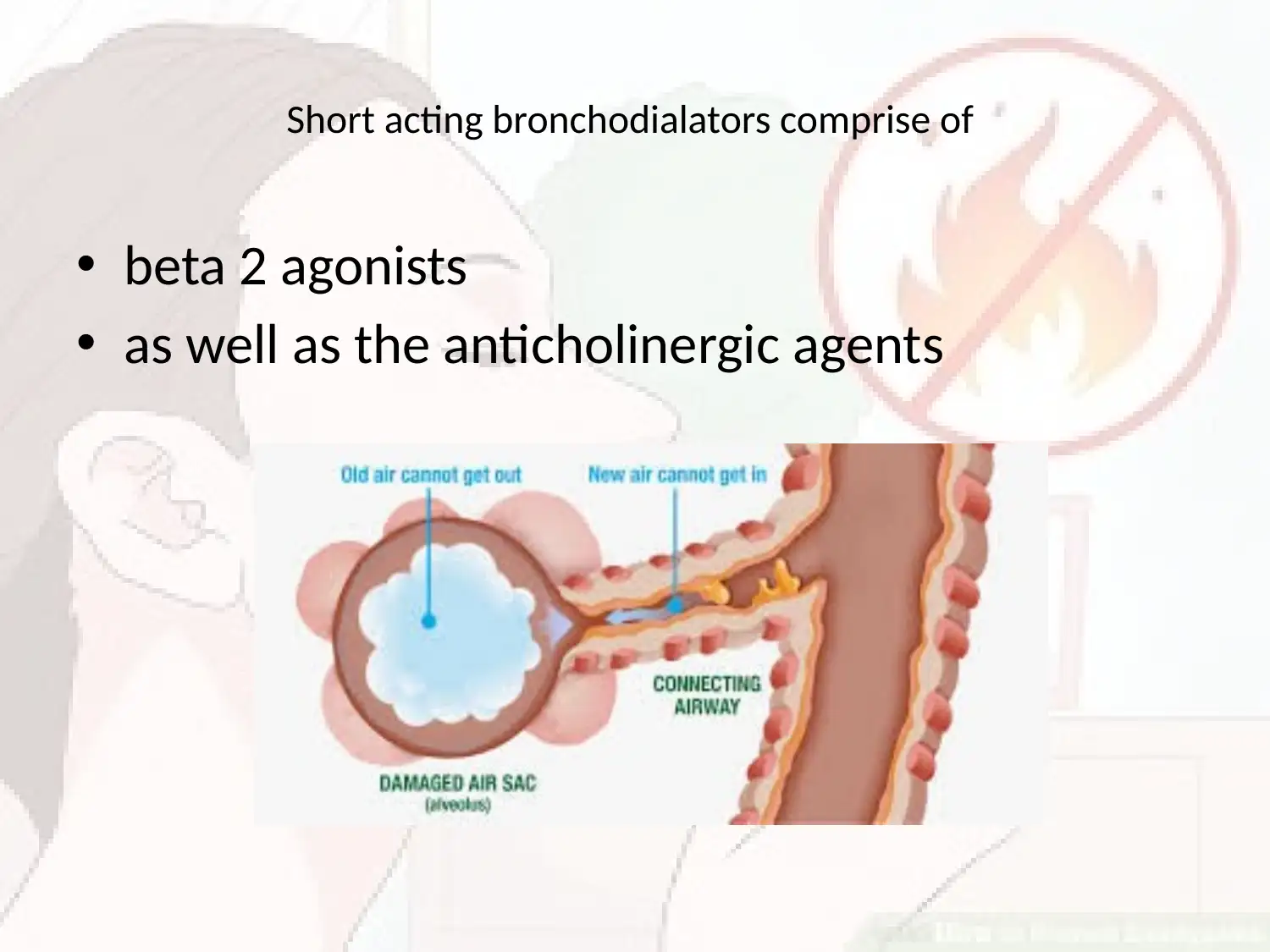
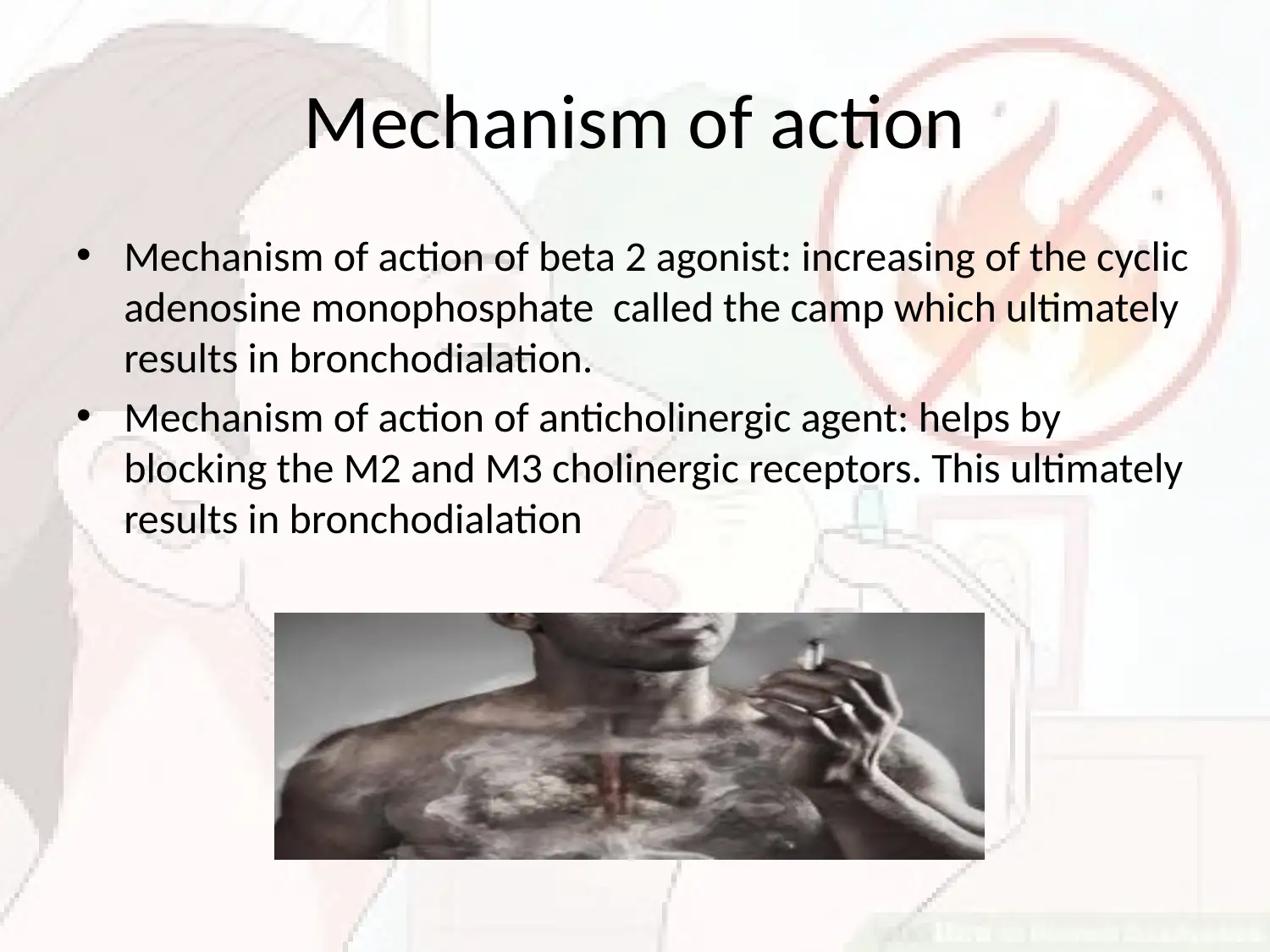
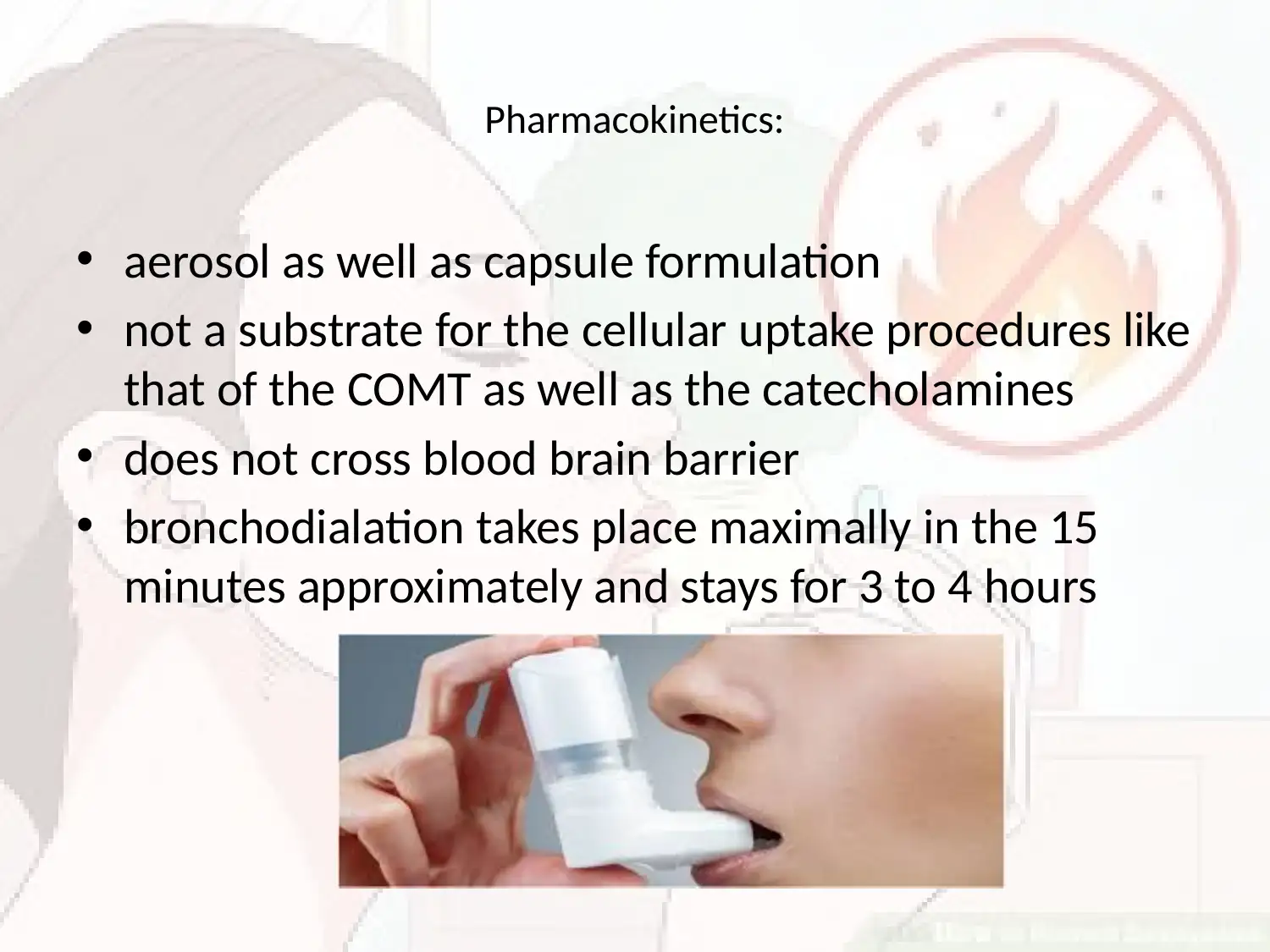
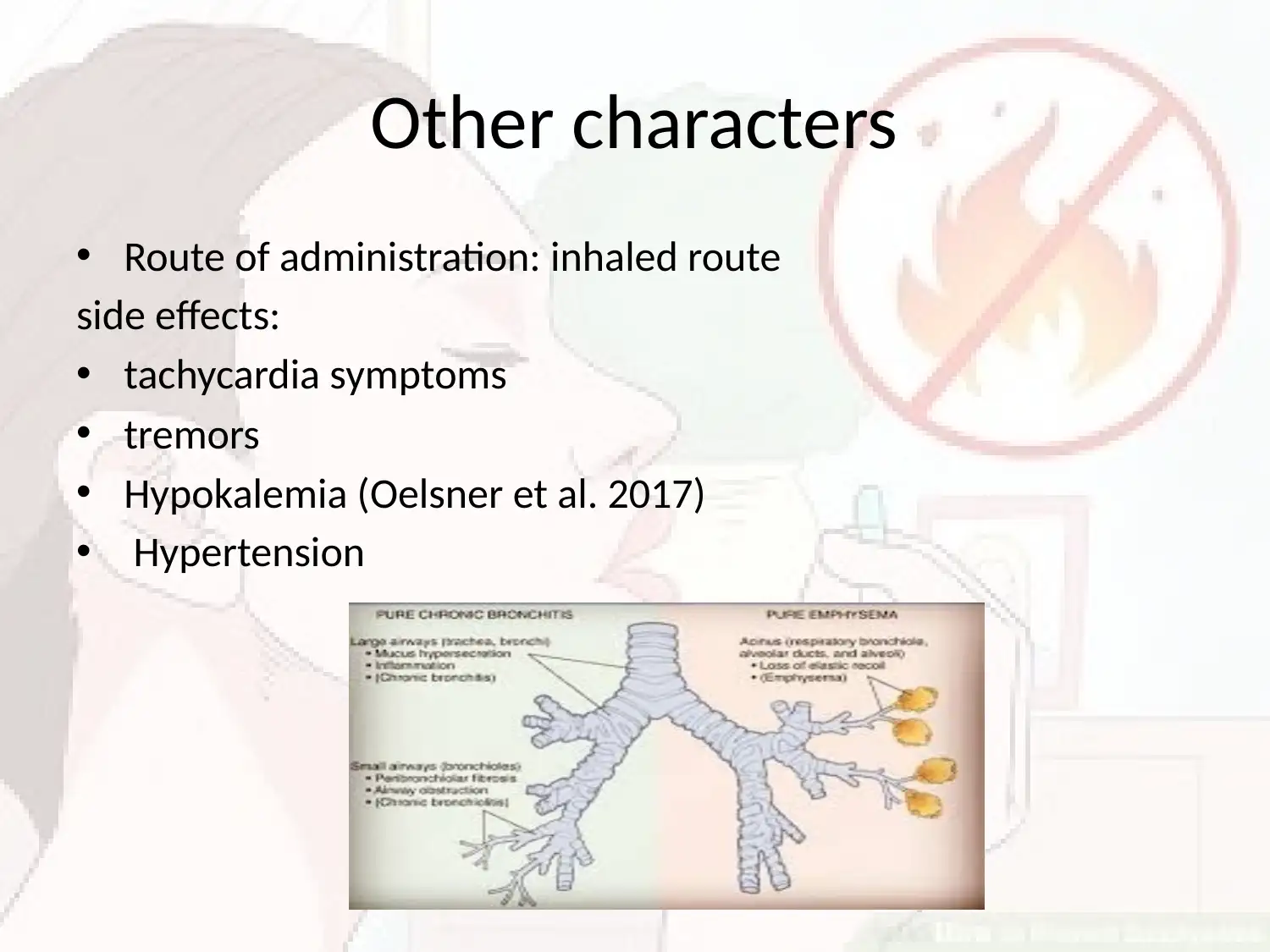
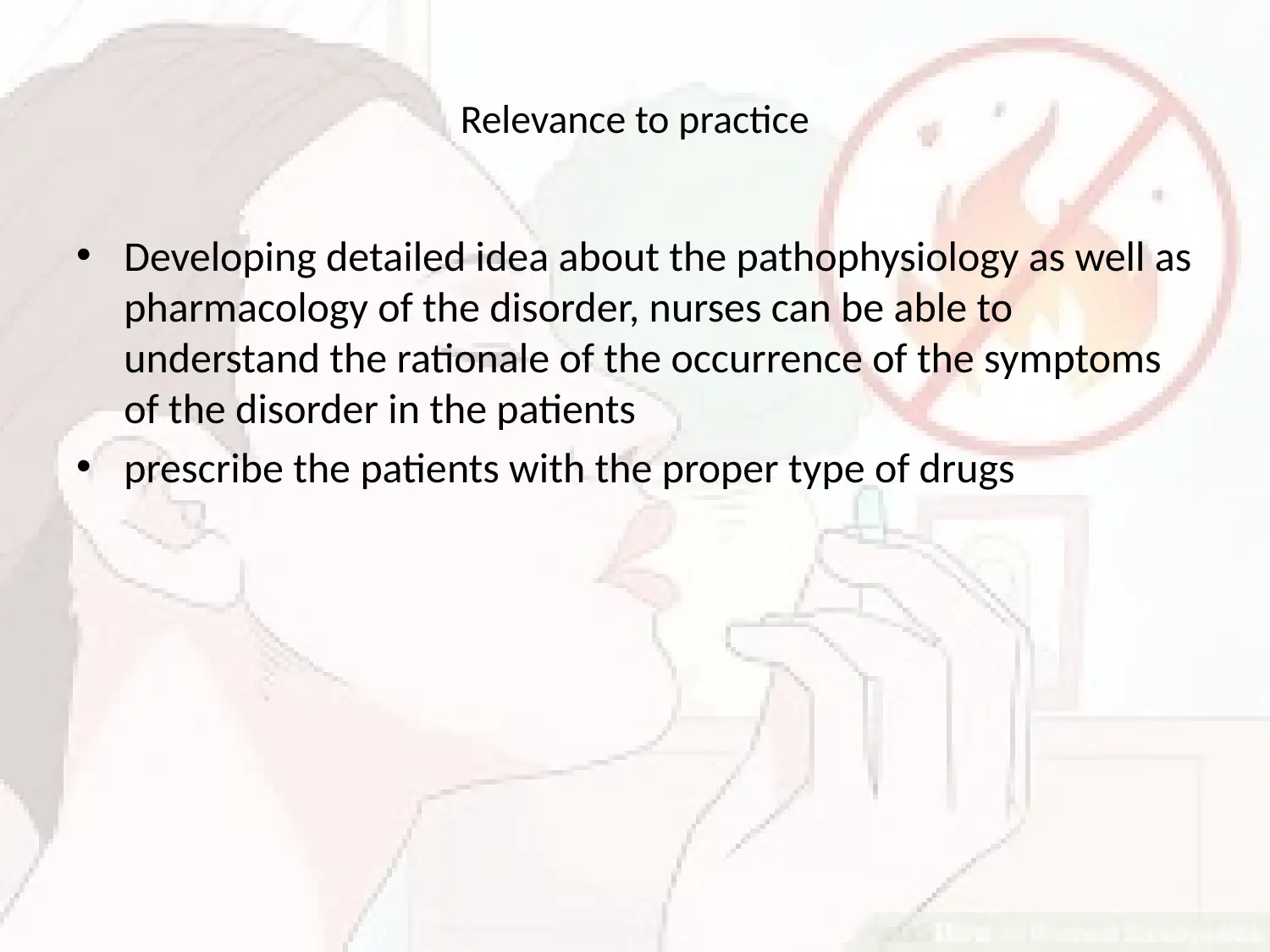
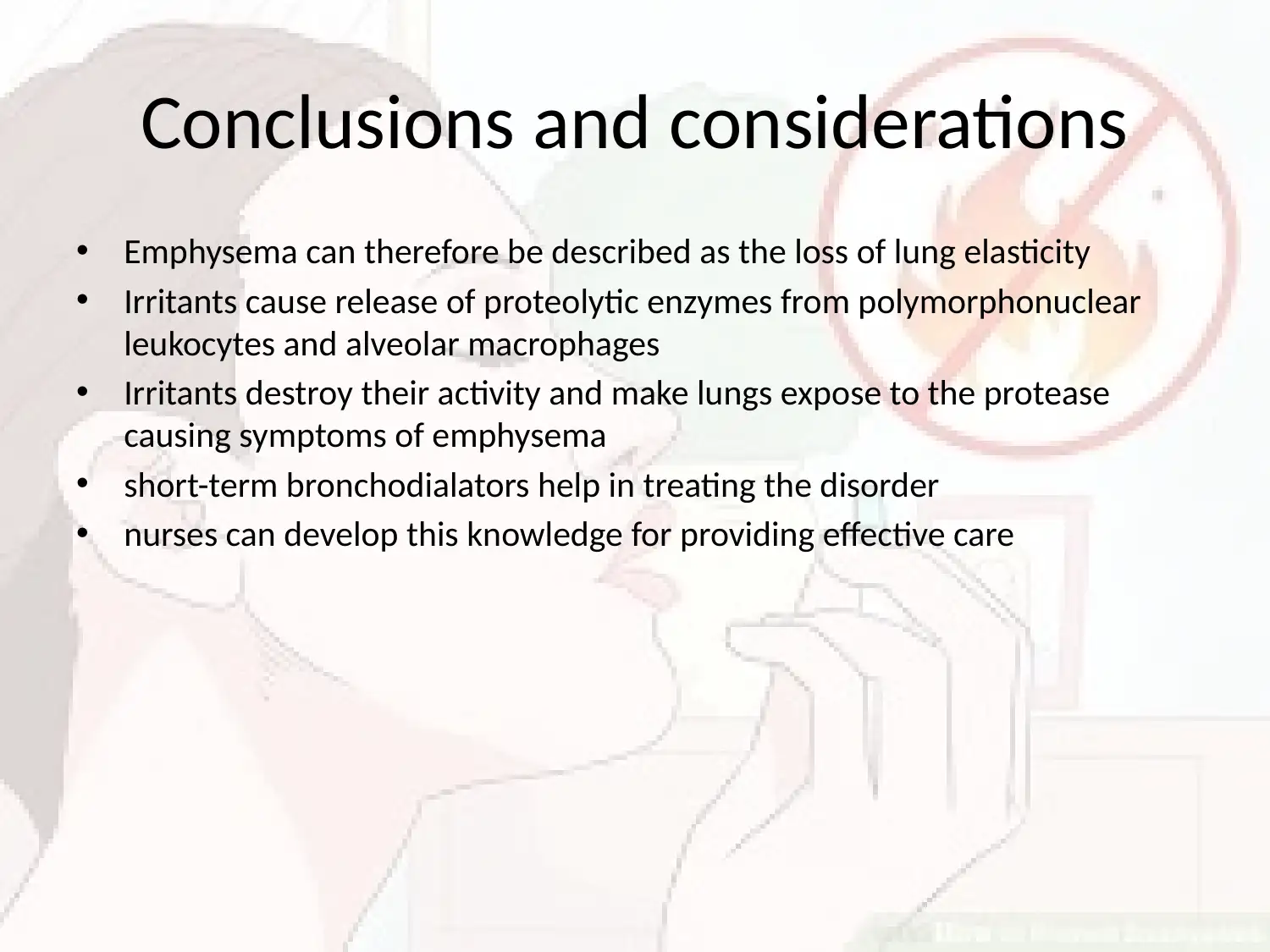
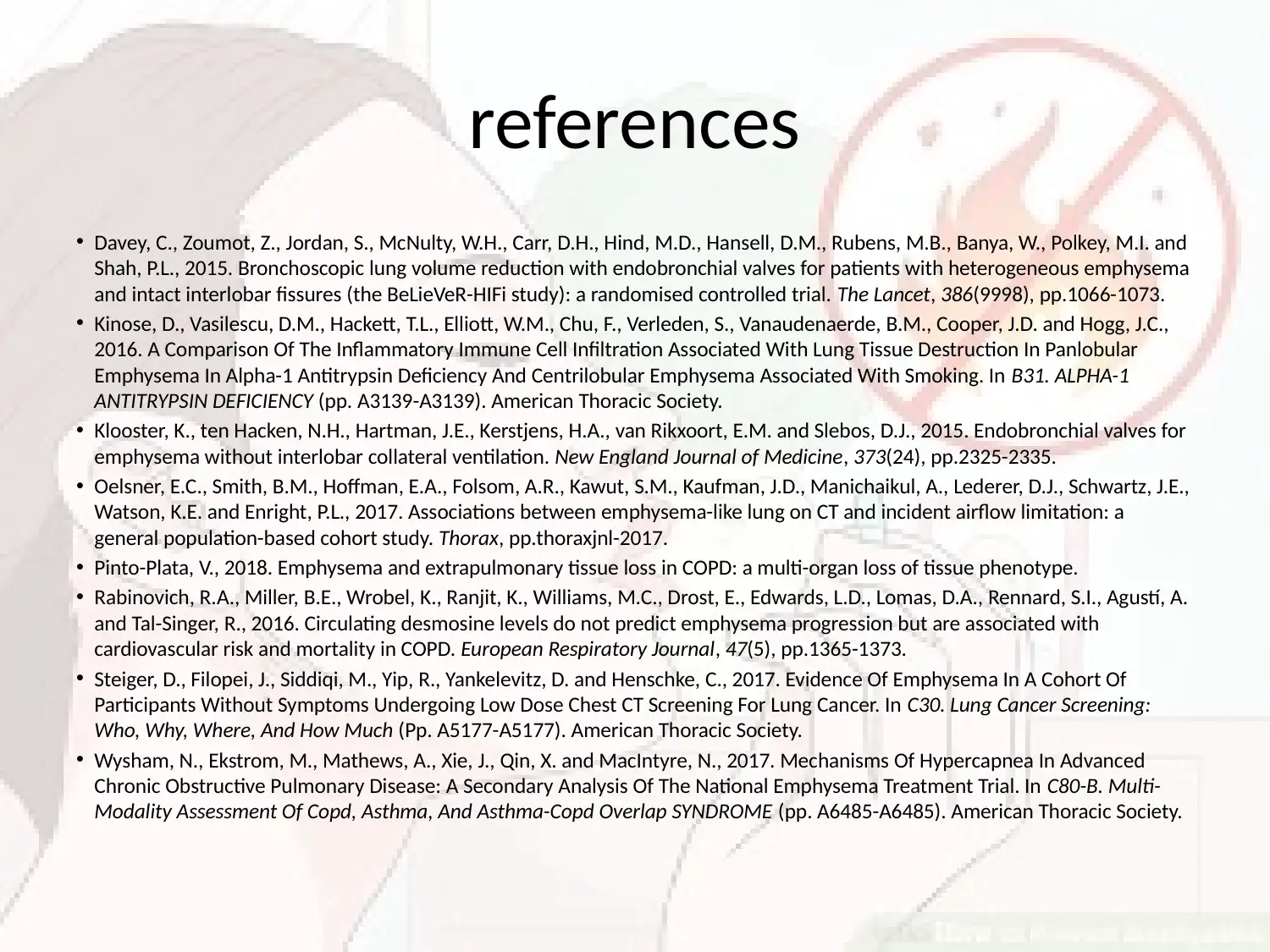







![[object Object]](/_next/static/media/star-bottom.7253800d.svg)